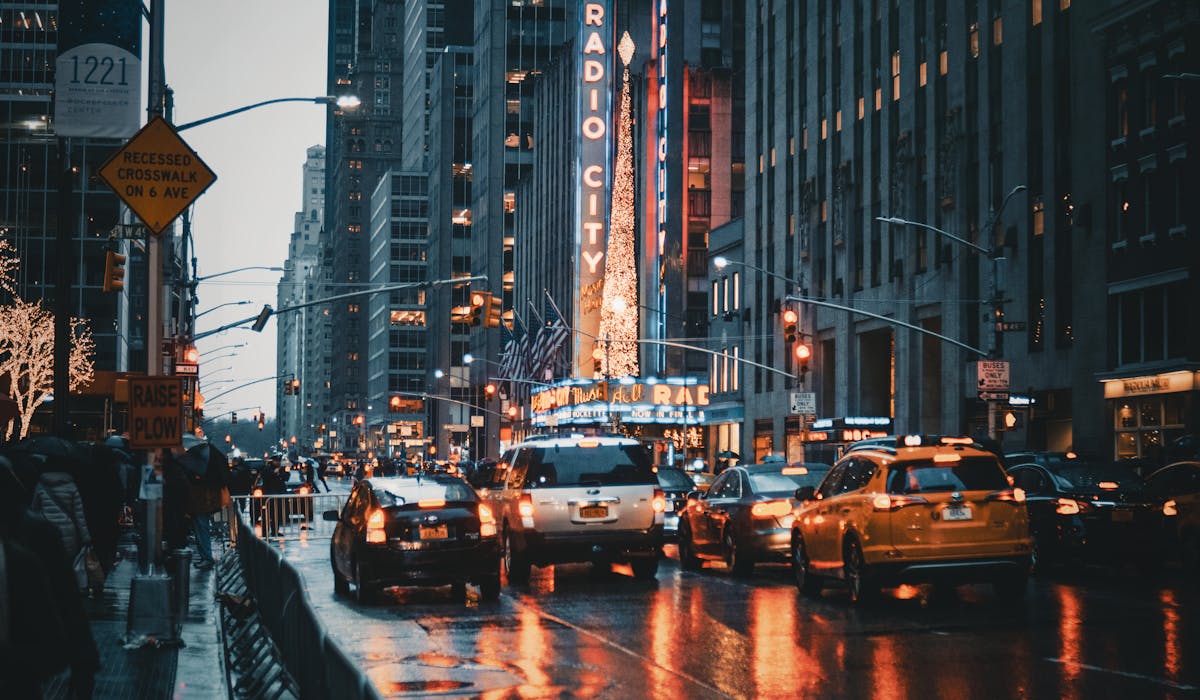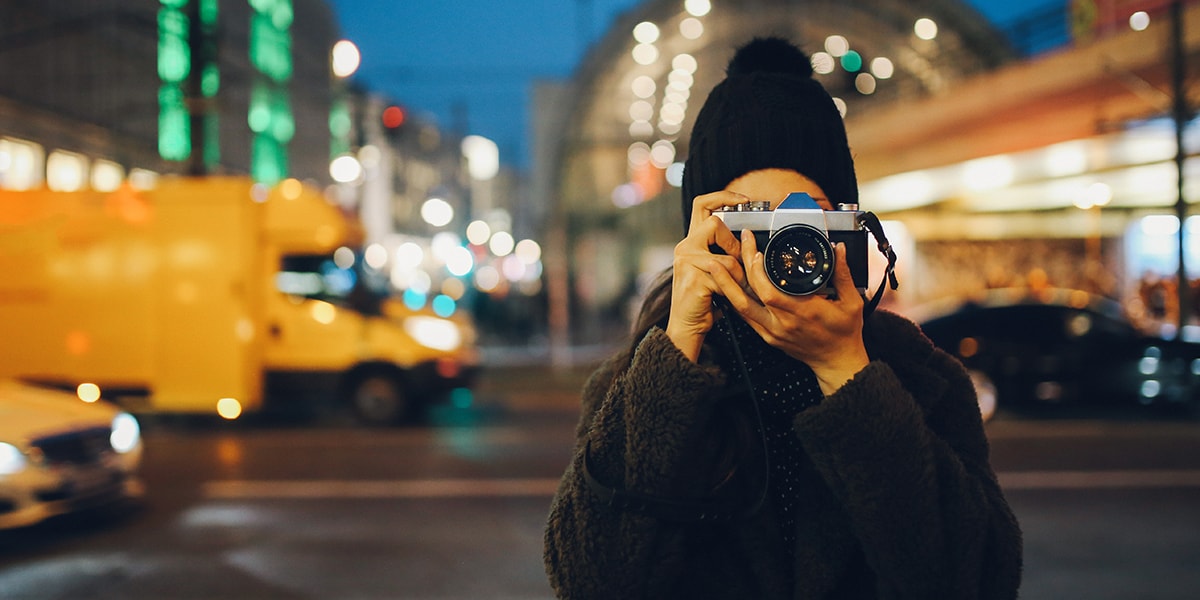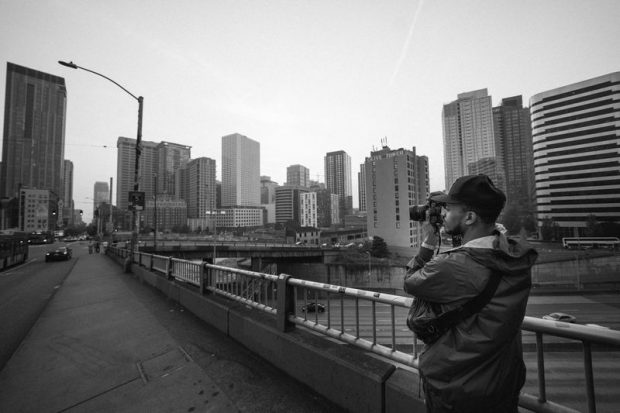A Biased View of Framing Streets
Table of Contents3 Simple Techniques For Framing StreetsFraming Streets - QuestionsThings about Framing StreetsNot known Factual Statements About Framing Streets An Unbiased View of Framing StreetsFraming Streets Fundamentals Explained
, normally with the purpose of catching photos at a decisive or touching minute by mindful framing and timing. http://ttlink.com/framingstreets1.
, who was motivated to undertake a similar documents of New York City. As the city created, Atget helped to advertise Parisian streets as a worthy subject for digital photography.

Framing Streets Can Be Fun For Anyone
Martin is the initial tape-recorded photographer to do so in London with a disguised video camera. Mass-Observation was a social study organisation established in 1937 which aimed to tape-record everyday life in Britain and to tape-record the responses of the 'man-in-the-street' to King Edward VIII's abdication in 1936 to wed separation Wallis Simpson, and the sequence of George VI. In between 1946 and 1957 Le Groupe des XV yearly displayed job of this kind. Andre Kertesz. Circus, Budapest, 19 May 1920 Street digital photography formed the major material of 2 events at the Gallery of Modern Art (Mo, MA) in New york city curated by Edward Steichen, Five French Photographers: Brassai; Cartier-Bresson, Doisneau, Ronis, Izis in 1951 to 1952, and Post-war European Digital Photography in 1953, which exported the principle of road photography globally.

Framing Streets - Questions
The recording machine was 'a hidden camera', a 35 mm Contax hidden below his layer, that he has a good point was 'strapped to the breast and connected to a lengthy cord strung down the best sleeve'. Nonetheless, his work had little modern impact as because of Evans' level of sensitivities regarding the creativity of his project and the privacy of his topics, it was not published until 1966, in the publication Several Are Called, with an intro created by James Agee in 1940.
Helen Levitt, after that a teacher of kids, connected with Evans in 193839. She recorded the transitory chalk illustrations - copyright a7iv that belonged to kids's road culture in New york city at the time, as well as the kids that made them. In July 1939, Mo, MA's new digital photography area consisted of Levitt's work in its inaugural eventRobert Frank's 1958 publication,, was considerable; raw and typically out of emphasis, Frank's photos questioned conventional photography of the time, "tested all the official guidelines set by Henri Cartier-Bresson and Walker Evans" and "flew in the face of the wholesome pictorialism and wholehearted photojournalism of American publications like LIFE and Time".